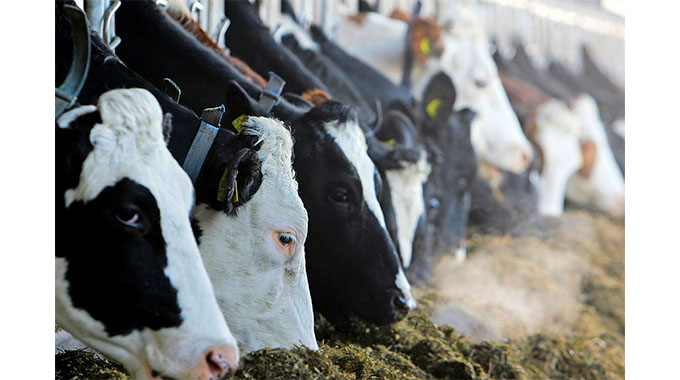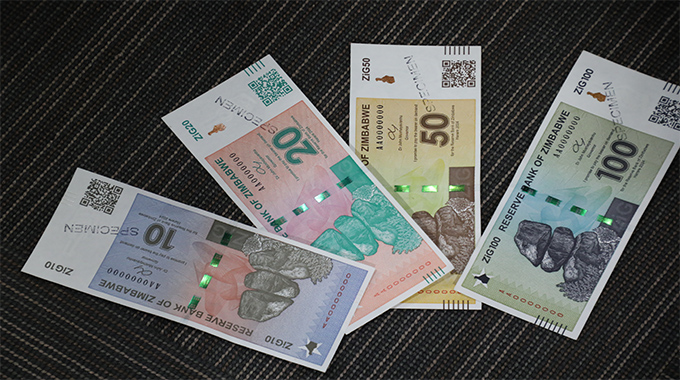Milk output records steady increase

Harare Bureau
ZIMBABWE’S raw milk production in April rose 22,38 percent to 7,2 million litres compared to 5,9 million litres reported in the same period last year backed by availability of grazing pastures, official data showed on Tuesday.
Dairy farmers produced 79,6 million litres in 2021, representing a four percent increase from 76,69 million litres produced in 2020.
This is against annual demand of about 120 million litres, which has seen the country covering the deficit with imports.
Latest figures from the Ministry of Agriculture dairy services department show that milk intake by processors rose 20,68 percent to 6,49 million liters in April 2022 from 5,37 million liters in the comparative period last year. Retailed milk by producers increased by 41 percent to 691,298 liters from 490,031 liters in the same period last year.
“Despite the poor rains on the cropping side the pasture and water supply for drinking for livestock is good,” Dairy Services Unit officer in the Ministry of Lands, Agriculture, Fisheries, Water and Rural Settlement, Mr Addmore Waniwa, told our Harare Burau.
In April, raw milk production was 1,37 percent lower to 7,2 million liters compared to 7,33 million liters recorded in the prior month of March.
However, it was up nine percent when compared to February 2022 milk production but one percent lower than January milk output.
February output at 6,73 million liters, represents a 9 percent decline from January output of 7,38 million liters. So far January output is the highest.
Average milk production for the first four months of 2022 stood at 7,12 million litres against 5,93 million litres in the same period in 2021.
“The good rainfall season brought wet and dairy cows needed cold weather.”
That is why when the environment is cooler, less humid, and calmer, the cattle tend to have a more balanced intake of water and food.
This allows them to produce more consistently without adding stress from environmental factors. Grazing fields were much better for the first quarter of the year contributing to the improved output.
“Generally, milk prices improved, making it possible for people to feed their cows. Also, we are coming out of the harvesting season, so there is a lot of fodder and that’s what the trend should be,” he said.
Previously there has been a slow growth, generally in both dairy animal numbers and milk production from both the large scale commercial and smallholder sectors in the last decade owing to loss of valuable genetic material.
Milk output is projected to reach 95 million litres in 2022. The government was supporting the dairy sector in the national Budget by introducing a five percent duty on dairy imports to capacitate the Dairy Recovery Programme.
Under the livestock and recovery growth plan, milk production is intended to rise from the obtaining annual production of 79,9 million litres to 150 litres, and increase the dairy herd from 39 980 to 60 000 by 2025. About US$75 million is required to fully revitalise the sector.







Comments